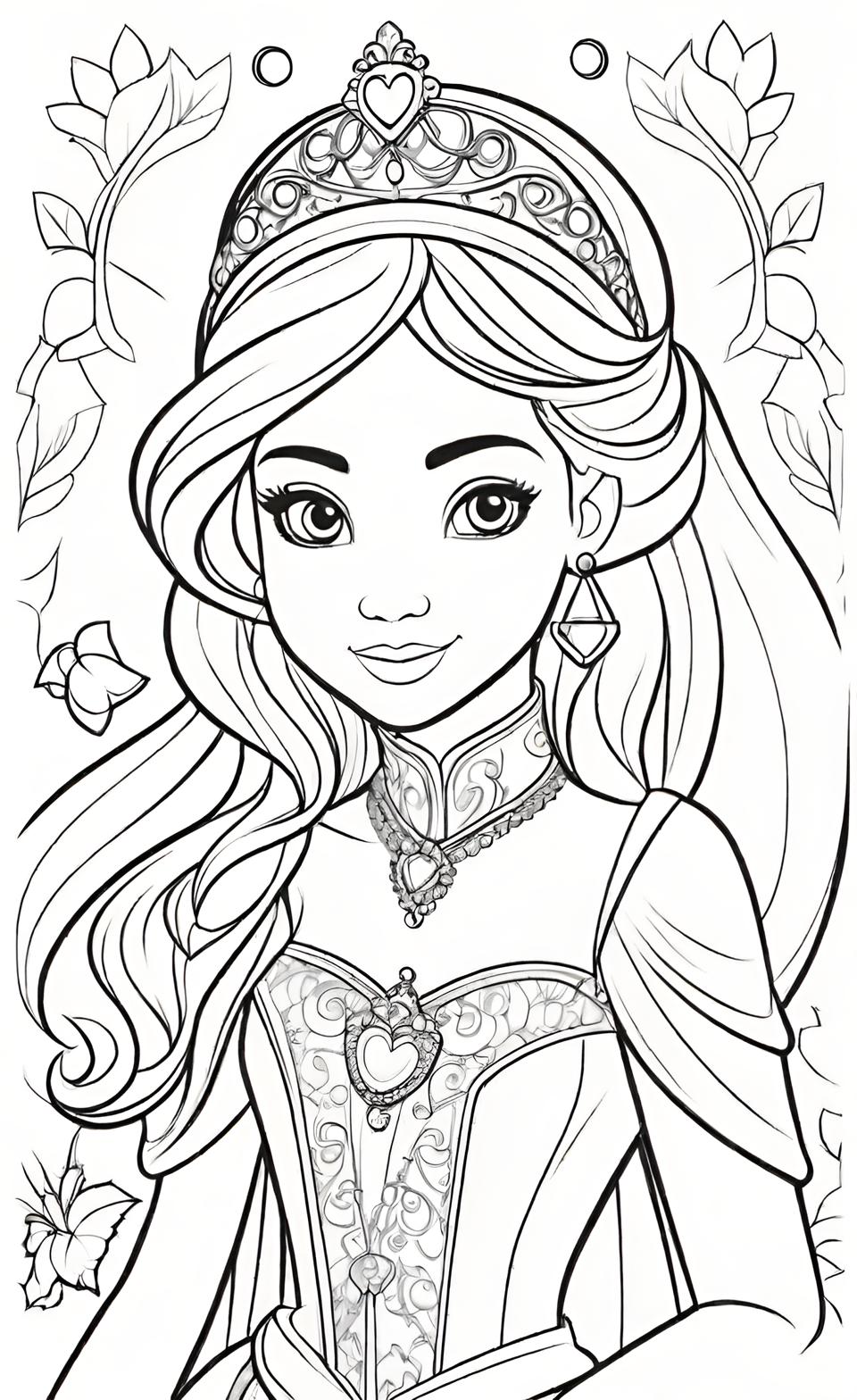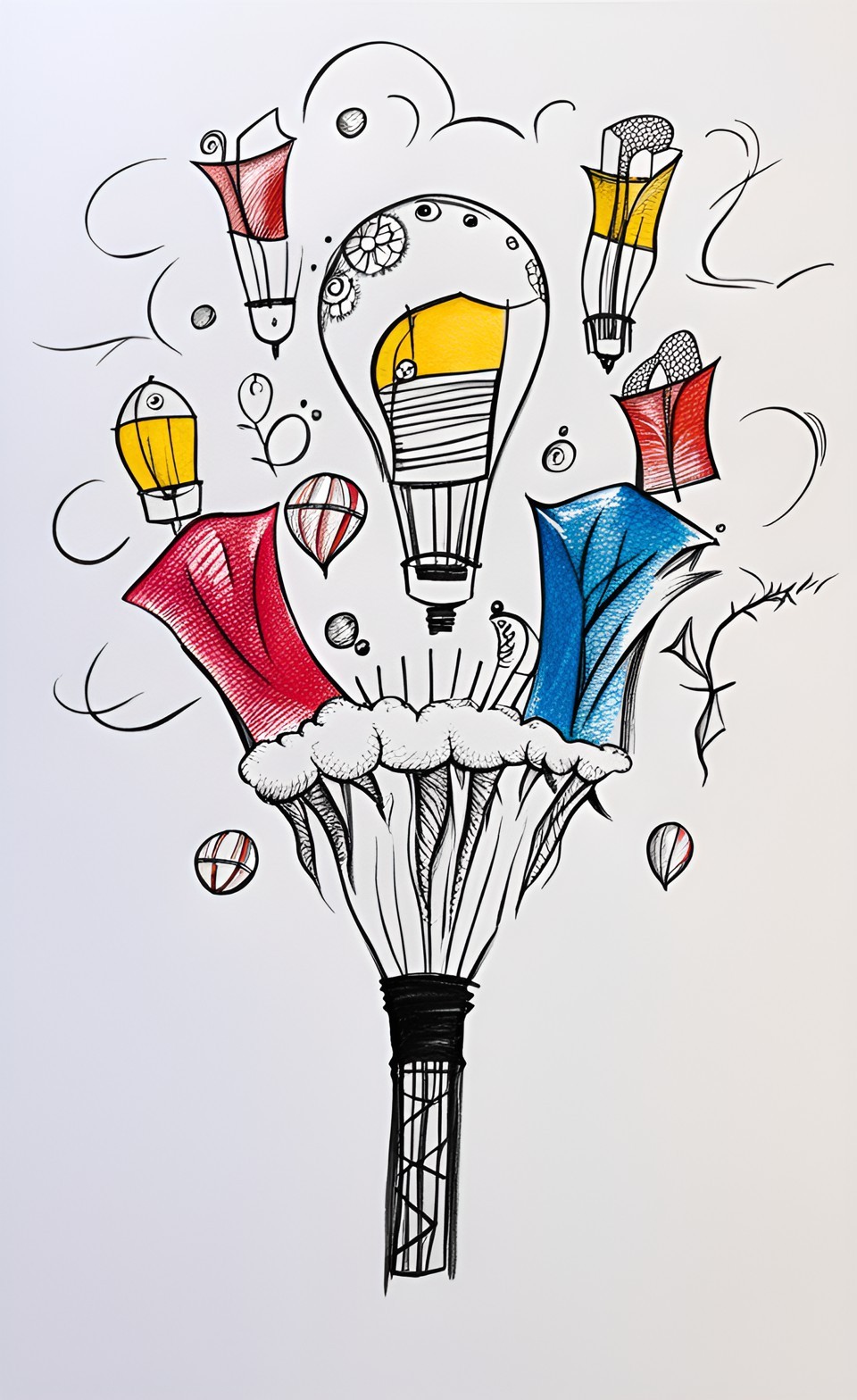Cat Coloring Page for Kids #1

Painting a coloring page is a creative and enjoyable activity that allows you to add your own artistic touch to pre-drawn designs. Here are the steps to paint a coloring page:
Materials you’ll need:
Coloring page: You can find coloring pages in coloring books, online, or create your own.
Paints: Watercolors, acrylics, gouache, or even colored pencils can be used. Choose the type of paint you’re comfortable with.
Brushes: Select a range of brushes in different shapes and sizes, suitable for your chosen paint medium.
Water and palette (if using water-based paints): If you’re using watercolors or gouache, you’ll need a palette for mixing colors and a container of water to clean your brushes.
Paper towels or a rag: These are handy for blotting excess water or paint from your brushes.
Steps to paint a coloring page:Choose your coloring page: Find a coloring page that inspires you. You can select one from a coloring book or print one from the internet. Make sure it’s printed on a suitable type of paper for your chosen paint medium.
Set up your workspace: Lay down a protective surface (like newspaper or a drop cloth) to prevent any mess. Arrange your coloring page, paints, brushes, water, and other materials within easy reach.
Plan your colors: Decide on the color scheme you want to use. You can follow the suggested colors in the coloring page or get creative and choose your own. If you’re using acrylics or other opaque paints, you can also paint over existing lines, so color choices are more flexible.
Start with the background: Begin by painting the background of your coloring page, if desired. You can use a broad brush to cover larger areas quickly.
Work from top to bottom: Start at the top of your coloring page and work your way down to avoid smudging the wet paint.
Layer and blend: Add paint to the coloring page, layering colors to create depth and dimension. You can also blend colors together to achieve different effects. This is where you can add your own style and interpretation to the design.
Paint the details: Use smaller brushes to add fine details, such as intricate patterns or small areas that require precision.
Let it dry: Allow your painting to dry completely before adding more layers or making corrections. The drying time depends on the type of paint you’re using.
Corrections: If you make a mistake or want to make changes, you can typically paint over it once it’s dry, especially with acrylics. For watercolors or gouache, you can try gently lifting off the paint with a damp brush.
Finish and protect (optional): Once your painting is complete and fully dry, you can apply a clear varnish or sealant to protect your artwork and give it a finished look.
Remember, painting a coloring page is a creative and enjoyable process. Don’t be afraid to experiment with different techniques and colors to make the artwork your own.















